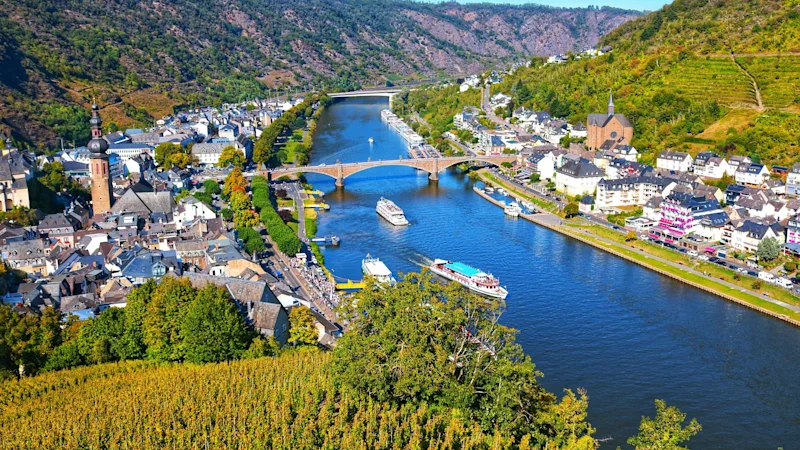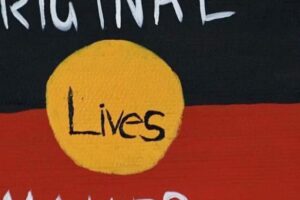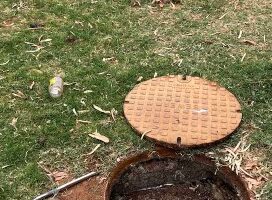
October 24, 2025 — 10:34am
Save
You have reached your maximum number of saved items.
Remove items from your saved list to add more.
Save this article for later
Add articles to your saved list and come back to them anytime.
Got itThis article is part of Traveller’s guide to luxury cruising. See all stories.
One characteristic that makes river cruising so different from ocean cruising is the ability to get close to land. Like, really close.
From the moment I embark the Scenic Pearl in Basel for my Romantic Rhine and Moselle cruise, life on the river plays out before me like a David Attenborough documentary: families picnicking, ducks and swans floating by, fishing enthusiasts set up for the day with folding chairs and rods, and of course, the endlessly fascinating process of entering and exiting locks. There’s no need for binoculars here. Sometimes we’re so close to land, I could almost reach out and touch it.
Blue beauty … the Moselle River.
Of all the activity we pass in our small ship, the sight that makes me want to disembark the most is the cyclists making use of the bike paths that border the riverbanks.
From city commuters to families with baby trailers, serious cycling enthusiasts and Saturday afternoon wanderers and holidaymakers, watching them cycle past makes me itch to get out and try it for myself.
Electric avenue … e-biking among vineyards. Getty Images
Scenic Pearl may be a river vessel, but it’s equipped with the gear passengers need to explore on two wheels. Packed away on the ship is a fleet of e-bikes, available to anyone who wants to use them. I plan to try them out, but for the first few days of our cruise I’m caught between the excellent included excursions on offer and the chance to explore on my own. Luckily when we reach Cochem, on the Moselle River, I don’t have to choose. I’ve booked in for the guided bike tour excursion along the river, which will take me deep into wine country along Germany’s popular Moselle Cycle Path, a 248-kilometre ride usually completed in 10 stages. This excursion has more modest ambitions; our guide Matthias plans to lead us on a leisurely 25-kilometre return trip from Cochem to the village of Beilstein with plenty of stops along the way.
River cruising offers tempting, close-up views.Getty Images
Our route has barely an incline and the flat, smooth paths and e-bikes make this journey accessible to everyone. We often stop to rest and to hear more about the country we’re passing through, a 2000-year-old wine region established by the Celts then turbo-charged by the troops sent over the Alps from Rome. “What did the Romans ever do for us?” asks Matthias with a grin, mimicking the Monty Python joke as he gestures to the hills where the grapes that are used to make some of Germany’s best wine are now grown.
We cock our heads to look up at grapevines covering the vertiginous slopes at angles so steep, “the steepest in Europe”, they can only be harvested by hand. “This is not the Napa Valley,” says Matthias to the amusement of the US guests among the group. “Picking grapes and hauling them down the hillside is back-breaking work.”
With harvest only a month away, preparations have already begun, but first there are the traditional celebrations to organise. Summer wine festivals dot the calendar throughout the region. When we stop at the picturesque village of Ernst, where some buildings date back to the 16th century, tents and tables and chairs are being laid out for its annual celebration. Only the day before, the river ship docked at Bad Durkheim, where its wine festival – including the crowning of the wine queen – was well under way. The town was packed with wine and beer enthusiasts, every weinstube or tavern groaning with guests and good cheer.
Colourful half-timbered houses in the medieval Old Town of Cochem.Getty Images
As we cycle along the river, almost every high point in the landscape is home to a castle. “There are more than 200 along the river, but most of them are ruins,” says Matthias. Cochem’s Reichsburg is an exception. Destroyed by the French King Louis XIV’s troops in 1689 during the 30 Years’ War, reconstruction finally began in 1866. It’s now the city’s major attraction.
Related Article
Our furthest destination along the river, and the midpoint of our ride, is Beilstein. Parking our bikes, we walk up to the monastery at the top of the town to enjoy the view of the Moselle meandering below us. Known as the Sleeping Beauty village in Germany for the many adaptations of fairy tales filmed here, it’s a tiny example of the best of the region – vineyards as far as the eye can see, history and beauty in spades, and the opportunity to drink some of the world’s best riesling in the place where it was made.
The details
Fly
Qatar flies direct to Zurich (with train connections to Basel) and Amsterdam to and from Australian capitals. Return from $1557. See qatarairways.com
Visit
Cochem is at the centre of the Moselle Wine Route. Stroll the medieval town streets, walk up to the castle or take the cable car to the Pinnerkreuz, which offers unimpeded views across the river and valley. See visitmosel.de
Stay
Scenic’s Romantic Rhine and Moselle 15-day river cruise sails between Basel, Switzerland, and Amsterdam, the Netherlands (with a choice of departure point), and includes visits to wineries, castles and the battlefields of World Wars I and II at Ypres and Passchendaele. From $7995 a person (flights not included). See scenic.com.au
The writer travelled as a guest of Scenic.
Sign up for the Traveller Deals newsletter
Get exclusive travel deals delivered straight to your inbox. Sign up now.
Save
You have reached your maximum number of saved items.
Remove items from your saved list to add more.





